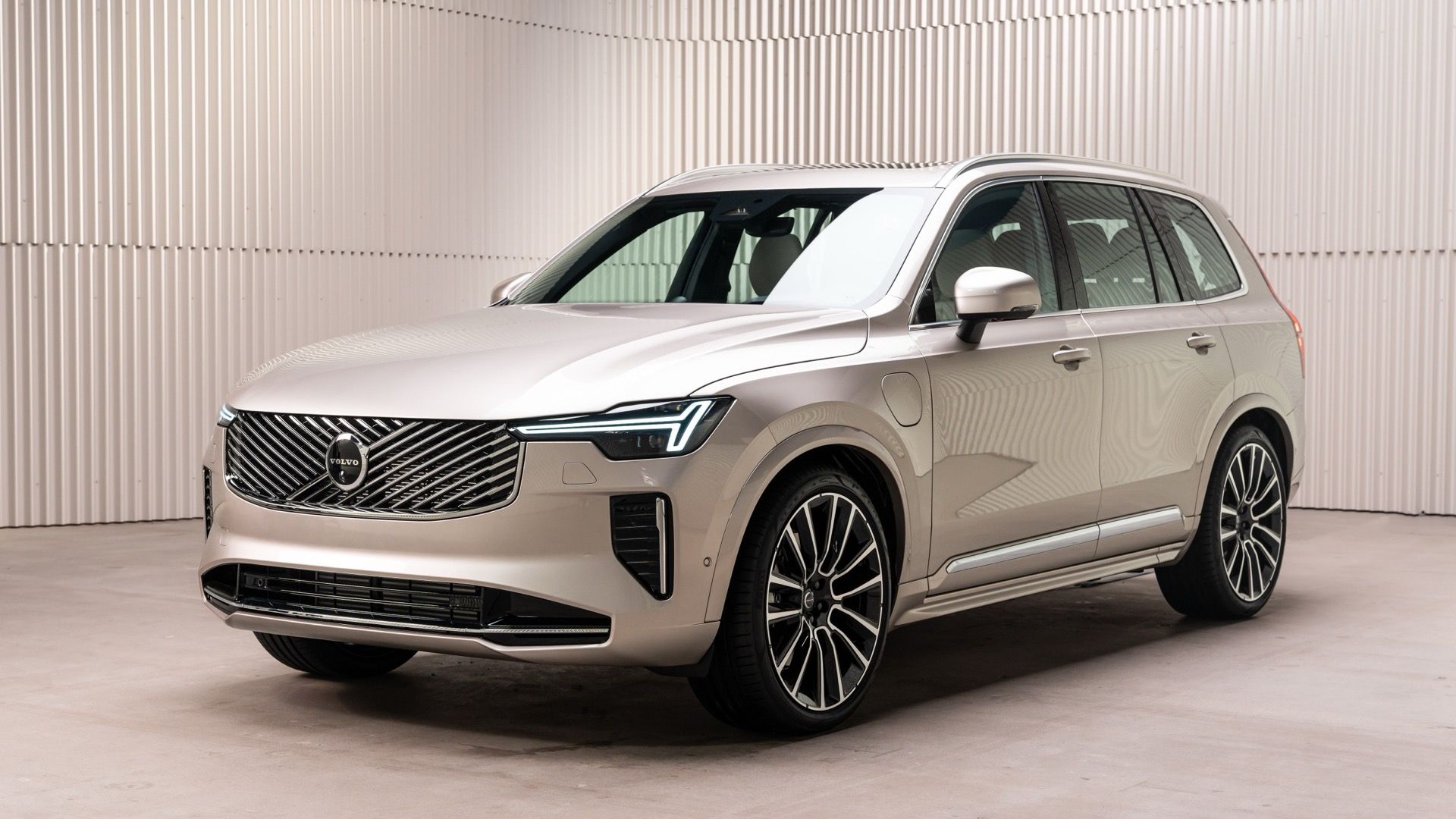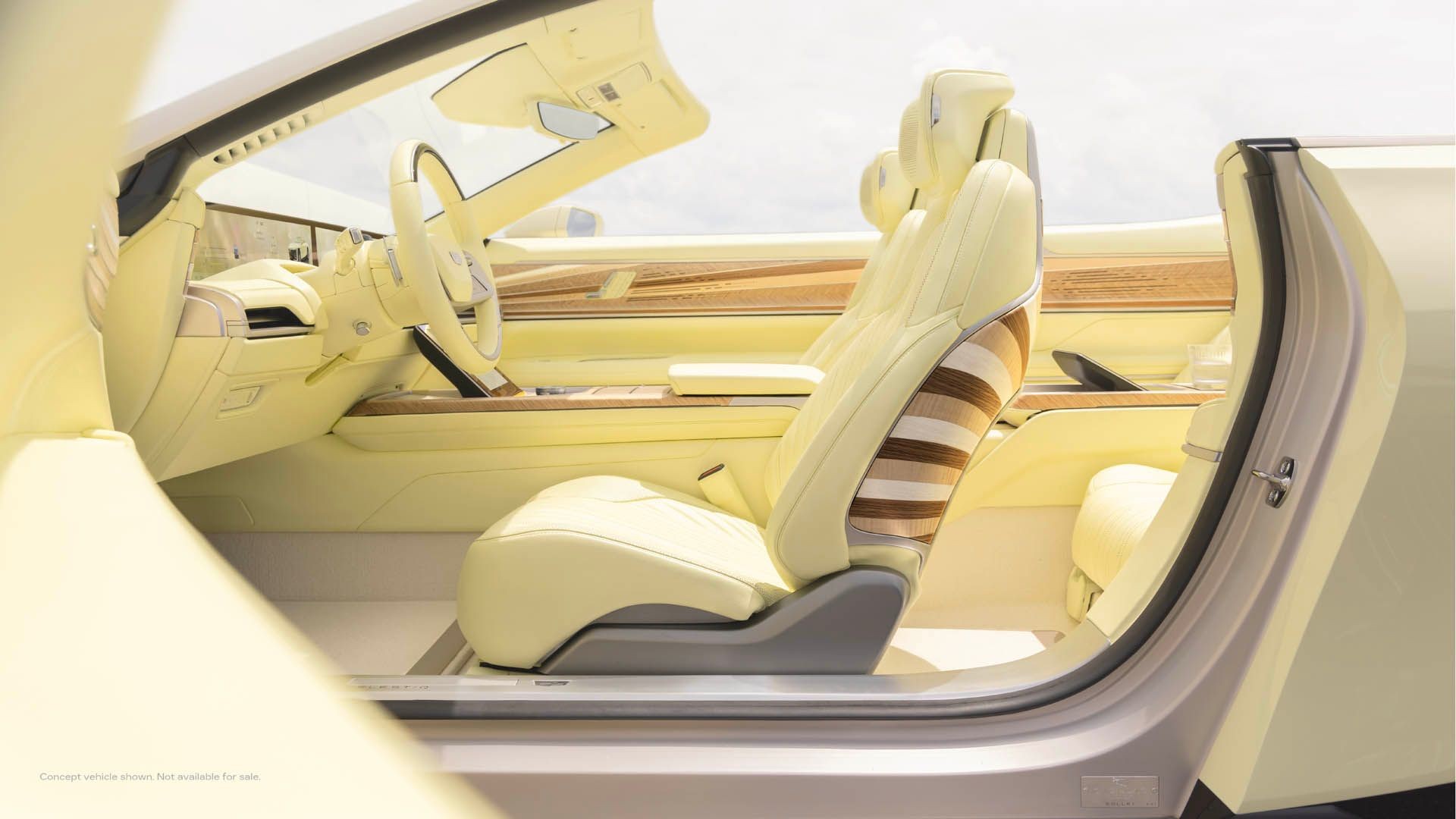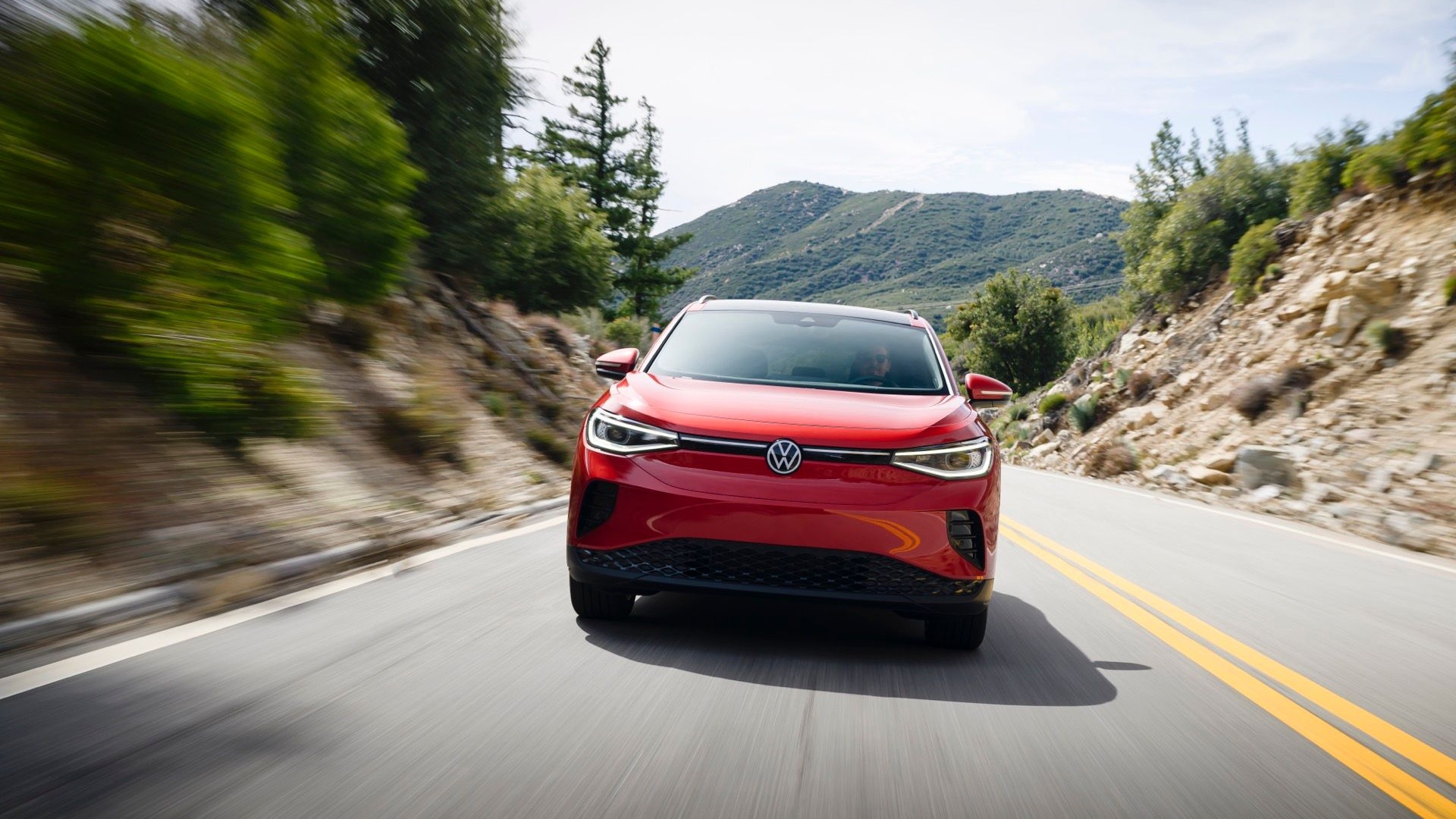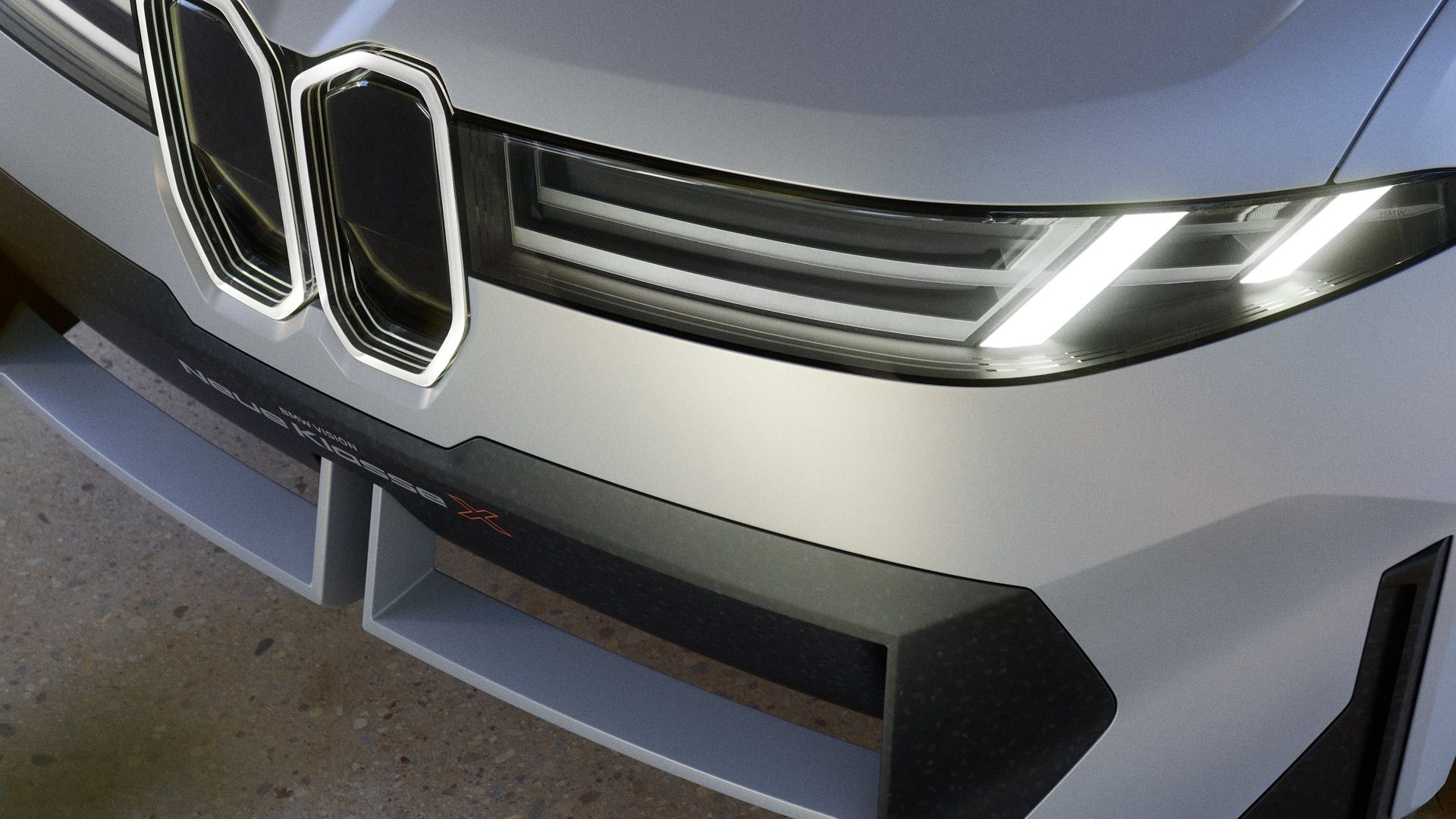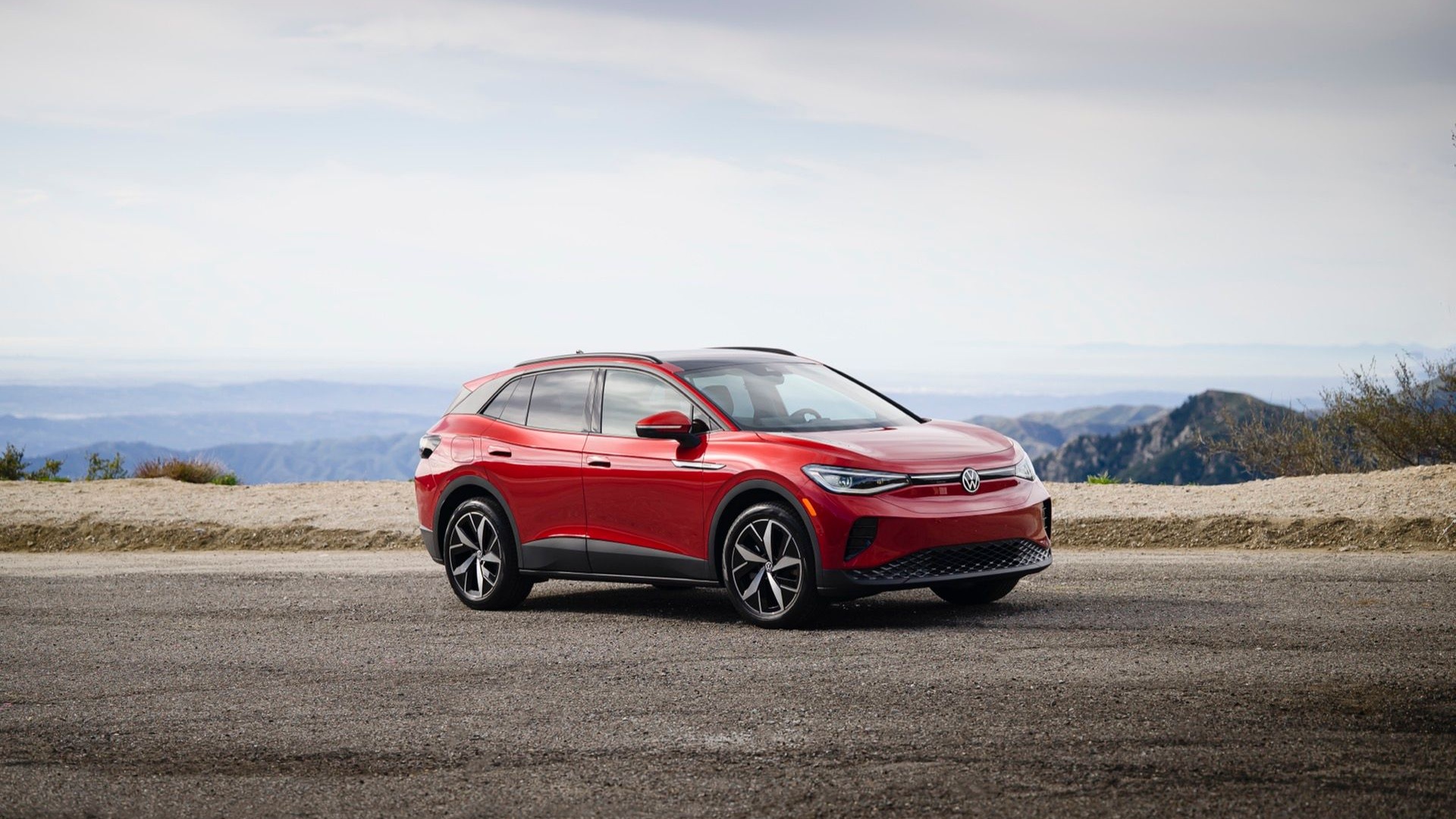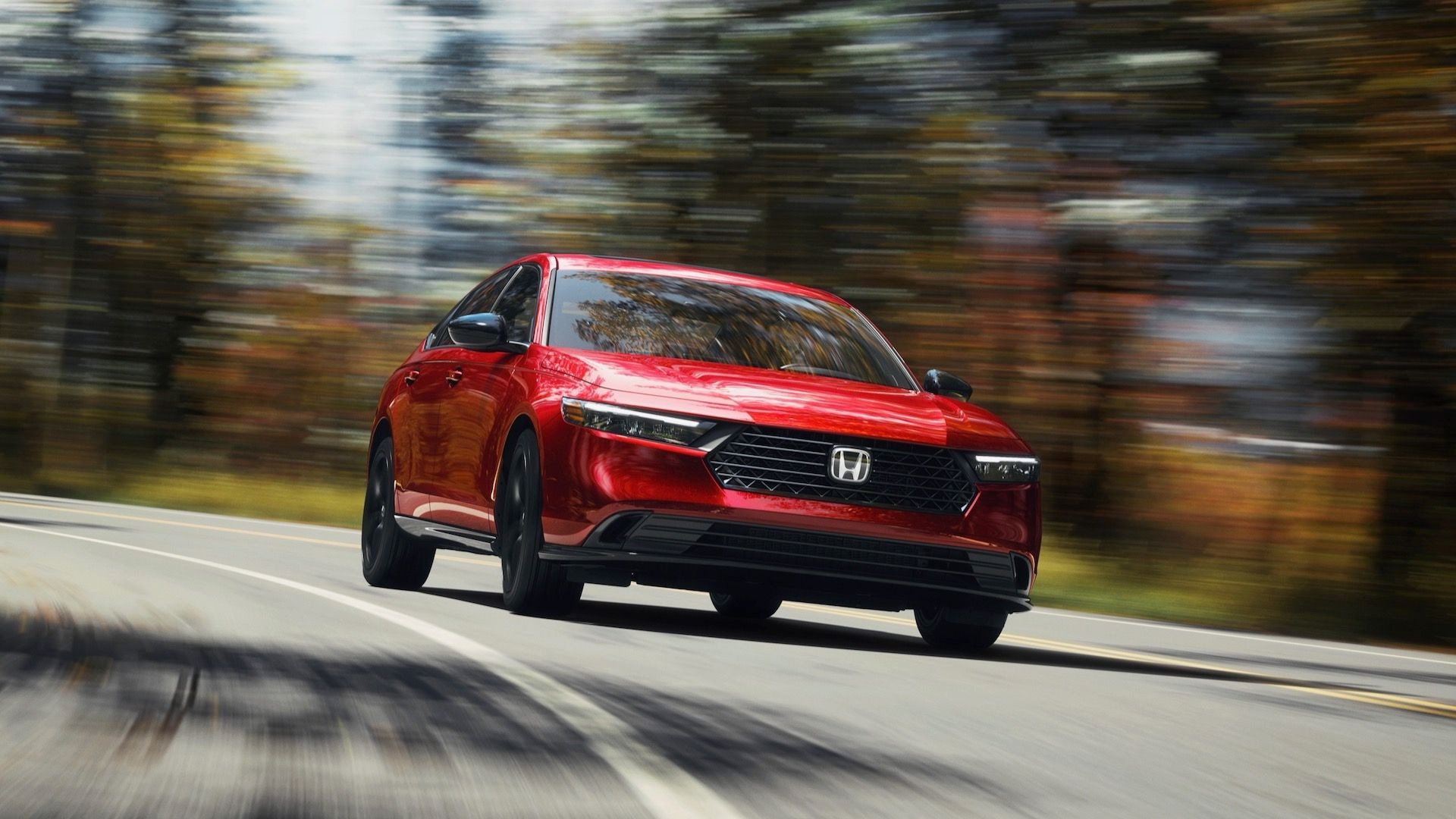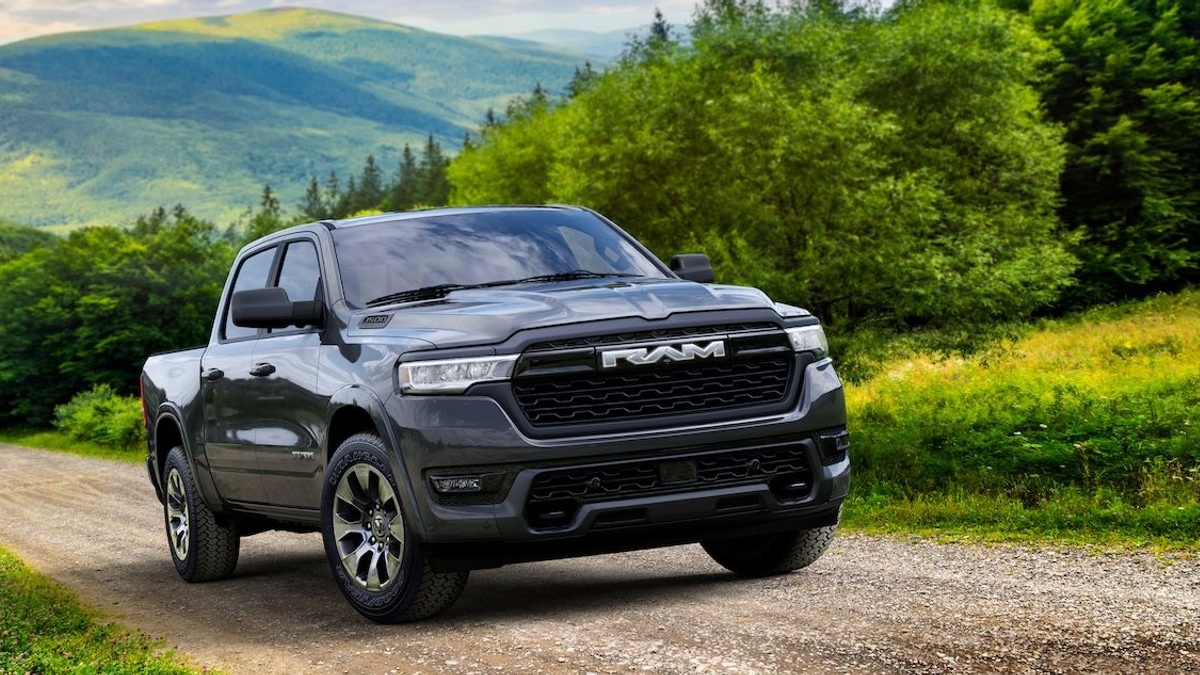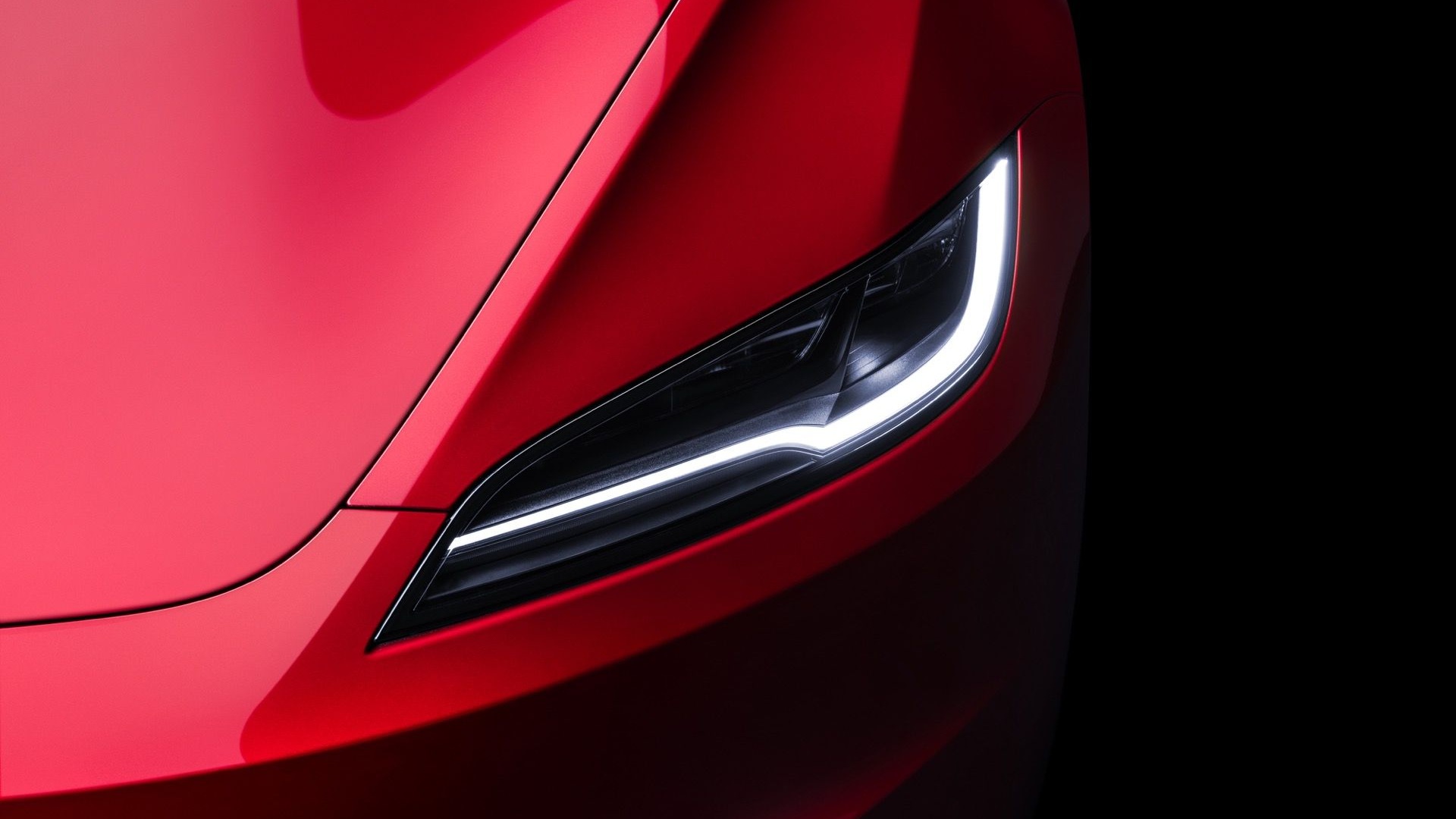
2017 Toyota Prius Prime, 2016 New York Auto Show
Toyota is the king of electrified powertrains. With more than nine million hybrid vehicles sold worldwide at this point, and well over 5.5 million of those wearing a Prius badge, no other automaker comes close.
Yet somehow that expertise and market domination hasn’t resulted in any higher-volume electric car; at present, Toyota doesn’t have a single pure EV in its stable.
Although finally, later this year, it will have a car that many owners will be plugging in every day, and truly using as an EV, in all 50 states: the Prius Prime, a special plug-in version of the Prius that this time aims to be a step up from the standard Prius.
DON'T MISS: 2017 Toyota Prius Prime plug-in hybrid: 22-mile range, styling updates: Live photos and video
The previous Prius Plug-In wasn’t exactly that. Or perhaps you might say it was a little too true to its name, and not “cordless” enough in the way buyers wanted.
The automaker has been careful about correcting some real sore points about the Plug-In—most notably, that it was rated by the EPA with an all-electric range of just 6 miles (and an extended, blended mode good for 11 miles).
Even more maligned with the former Plug-In was that there was no way to actually lock in a pure electric mode. Press the accelerator a little too far and your carefully planned, fossil-fuel-free day would be ruined.

2017 Toyota Prius Prime
Aimed at (zero-tailpipe-emissions) hearts and minds
To the point, the new Prius Prime is designed to win over the hearts and minds of those who want an electric car for the daily grind, plus worry-free extended-range capability for the weekend.
And it’s hoping that owners will more often use words like sporty and visceral about the driving experience.
It definitely starts on the right track, packing a significant 8.8-kwh lithium-ion battery pack good for 22 miles of all-electric range (enough to satisfy the daily commuting needs of half of American commuters, Toyota says).
READ FOR MORE: 2016 Toyota Prius Prime: details on 120 MPGe plug-in hybrid, all-electric mode
And EV Mode now locks in. When you have an adequate charge, and it’s in its default EV Mode, not even a mash of the accelerator to the floor will rouse the internal combustion engine.
Based on what we saw over a couple of hours and about 10 miles of a preliminary drive in Japan late last month, that’s a realistic 22 miles; you may even get significantly more if you take full advantage of the Prius Prime’s special efficiency displays and preconditioning capability.
It’s all very tentative, of course, as what we drove weren’t production models but pre-production prototypes—even though the powertrain and important bits were in production form and they looked like fully finished cars.
But for those who plan to use that all-electric driving range, it’s extremely promising.

2017 Toyota Prius Prime, 2016 New York Auto Show
Don’t get me wrong
In its EV Mode, the Prius isn’t just pretending. It accelerates from a standing start with confidence and a light chirp of the front tires, and then accelerates with a distant, familiar all-electric whine.
And especially for the first 30 or 40 mph, it’s definitely no slouch, as it pins you back in the driver’s seat in a way that the standard Prius won’t.
Toyota says the conventional Prius and the Prius Prime have exactly the same acceleration estimates to 60 mph: conservatively, around 10.5 seconds. In EV Mode, though, the Prime is clearly quicker below 40 or 50 mph.
CHECK OUT: Why Next Toyota Prius Plug-In Hybrid Is So Important: CA Laws
The Prius Prime has nearly the same planetary-gear hybrid system as the Prius, with the exact same two electric motors (named MG1 and MG2 for those in the know). However they’re put to use in a different way in the Prime.
So close, yet so different to the sub-Prime
The key difference is that the Prime has a Sprag clutch (a type of one-way clutch) that locks in with the crankshaft during EV Mode, turning what’s normally a starter/generator into a second traction motor.

2017 Toyota Prius Prime
Through the hybrid system, these two motors are then put to use as a team but of course have separate effective ratios.
Otherwise, the hardware is exactly the same, with a 95-horsepower, 1.8-liter four-cylinder engine, and total system power at 121 hp.
The result is a Prius that, in its EV Mode, drives like a sprightly electric car for the first 22 miles, then achieves fuel economy that’s identical to that of most of the Prius lineup (52 mpg combined), and a total driving range of more than 600 miles.
There’s no fast-charging here. The Prius Prime charges up in about 2.5 hours on Level 2 (240-volt) systems, or about 5.5 hours on a household 110V socket.

2017 Toyota Prius Prime, 2016 New York Auto Show
The Prime drives better. Hands down.
One real surprise is that we think the Prius Prime rides and handles better than the standard Prius. Based on a very short, preliminary drive -- one that included laps of a closed course and adding up to only around 10 miles -- we think the Prime is shaping up to be the better drive.
Simply put, there’s less excess body motion in the Prime, and its more aggressive rebound damping give it a more confident, almost sport-sedan-like feel going into tight corners.
In a back-to-back drive with the standard Prius, it felt as if the center of mass of the Prius Prime was lower. Chief engineer Toyoshima wasn’t surprised; the battery pack definitely changes the lateral distribution of weight, and it moves 2 percent more over the rear wheels than standard Prius models.
In all, the Prius Prime gains 77 pounds versus an identically equipped standard Prius. More than that is due to the heavier 8.8-kwh battery pack (versus 1.4 kwh in lithium-ion-powered Prius models), but Toyota then takes some weight back out via a special carbon-fiber hatch.

2017 Toyota Prius Prime
Smoother transitions
Supplementing that impression is that, in Hybrid Mode, the gasoline engine comes on just a little less often in the Prius Prime—adding up to better drivability the rest of the time, even when you’re not on a plug-in charge.
There are three driving modes for the Prius Prime.
EV Mode is what the Prime defaults to if it has been plugged in, or has plug-in charge remaining. Once the charge has been used up, it switches to Hybrid Mode, much like a normal Prius where the Prime uses a relatively small portion of the battery’s capacity to capture energy from braking and engine operation and release it for limited low-speed all-electric operation and to supplement acceleration.
Then there’s EV Auto mode, a mode that you manually select as long as you have an EV charge remaining. It stretches your charge longer, combining power sources in what it deems a smart way, subbing in the gasoline engine more as you increase speed. Hybrid mode, by the way, might also be of use in some situations where the car is fully charged, allowing you to save your relative state of charge for later -- when you’re in a lower-speed urban area, for instance.

2017 Toyota Prius Prime
Accessible within each of these driving modes are three of what we’d call attitude modes: normal, power, and eco. Power doesn’t actually allow more power; it just sharpens throttle response. Eco’s pretty much the opposite, bringing softened (albeit more rubber-band-like) driving characteristics. Based on a super-short driving experience, normal feels just fine; and there’s no difference in climate-control operation or accessory use.
Toggling the shift lever to 'B' in EV Mode increases the strength of the regenerative braking the moment you lift off the accelerator, but it's still not close to one-pedal driving.
Some drivers may be left wanting a mode closer to that driving style, or perhaps a version of the second-generation Volt's left paddle behind the wheel, which progressively increases the regen strength.

2017 Toyota Prius Prime, 2016 New York Auto Show
Forget the Camry; THIS is bold
That hatch mates up with one of the craziest design features on the vehicle market— the super-memorable, wavy-gravy back window exclusive to the Prime model.
Otherwise, with different front-end and rear-end details, the Prime looks more serious and visually lowered from the front, as well as sportier in back -- thanks especially to the crisp brake lights that take the place of the vertical array that the Prius has accented in recent years.
if it wasn’t already obvious from your perusal of the photo galleries, the Prius Prime looks better, too.
Altogether, these changes don’t make the Prius Prime any better of a wind-cheater than the standard Prius, but we’d consider it an accomplishment, as the entire design of the fourth-generation Prius finally comes together here, all while maintaining the same 0.24 coefficient of drag.

2017 Toyota Prius Prime
Inside there are fewer broad, sweeping changes to get from Prius to Prius Prime, though its cabin gets one much-appreciated upgrade: a beautiful, vertically oriented 11.6-inch HD touch-screen interface, with multi-touch controls plus special Prime Apps for charge management, charging-station maps, and vehicle-finding, among other things.
The Prius Prime will come with the complete Toyota Safety Sense system as standard. That Includes automatic high beams, lane departure alert with steering assist, and pre-collision braking.
Other Prime comfort features will include heated front seats, a heated steering wheel, and an available head-up display.
22 miles isn’t a cruel joke
One other Prius Prime feature should help that 22-mile driving range be a normal minimum, not a target you only see in fair weather, with very careful driving.
A heat-pump system heats the Prime on its own (it’s not supplemented by resistance heating), and a special gas pre-injection system helps it react faster to sub-zero cabin temps.

2017 Toyota Prius Prime, 2016 New York Auto Show
There are only a few things compromised on the Prius Prime, and both of the main ones we focused in on have to do with battery packaging.
To allow enough space for both the battery pack and the ample 11.3-gallon fuel tank (take that, BMW i3 REx!), Toyota raises the floor a couple of inches.
While that leaves plenty of cargo space in back, you flip the rear seat backs forward to… well, a split-level ranch of an expanded cargo floor, albeit one that will still do the job just fine.
The other thing is that the Prius Prime has only two individual seats in the rear, instead of the bench seat for three in the Prius.
Toyoshima said that that was a matter of meeting weight targets (and assuring that precious driving range and efficiency) with the bigger battery.
2017 Chevrolet Volt
If anything, the four-seat configuration brings the Prius Prime more directly into competition with the Chevy Volt.
That car has a nominal fifth "seating position" that's no more than a padded hump on the battery pack, and not usable for more than short trips, preferably occupied by lithe, not-very-large teens.
So, um, the Volt?
There’s an elephant in the room, and it’s the 2017 Chevy Volt. You might wonder, why not simply go for the Volt, with its 53-mile all-electric range and also-great driving attributes?
WATCH THIS: 2016 Toyota Prius conventional hybrid Vs 2016 Chevrolet Volt: Video Test
Toyota officials are quick to point out that the Prius Prime will sell for significantly less than the Volt—especially when equipped in similar ways—and that it offers enough driving range to allow enough buyers who want to plug in frequently and rely as little as possible on gas stations to do just that.
We know already that the 2017 Toyota Prius Prime will qualify for a $4,500 federal tax rebate. But with actual pricing some months away, we’ll have to reserve judgment on how the comparison works out, dollar for dollar.
In the meantime, we like what we see so far.

2017 Toyota Prius Prime, 2016 New York Auto Show
Toyota’s created a better-driving, better-looking version of the Prius that’s a bona fide electric vehicle some of the time. And at last, this plug-in feels like an step up over the standard version without the compromises of its predecessor.
Prius Prime models will arrive toward the end of the year, with first deliveries targeted for November.
EDITOR'S NOTE: Green Car Reports extends a special thank-you to former senior editor Bengt Halvorson, who has departed for another job after more than seven years with High Gear Media. We appreciate all his contributions and his support of the site over the years.
_______________________________________



